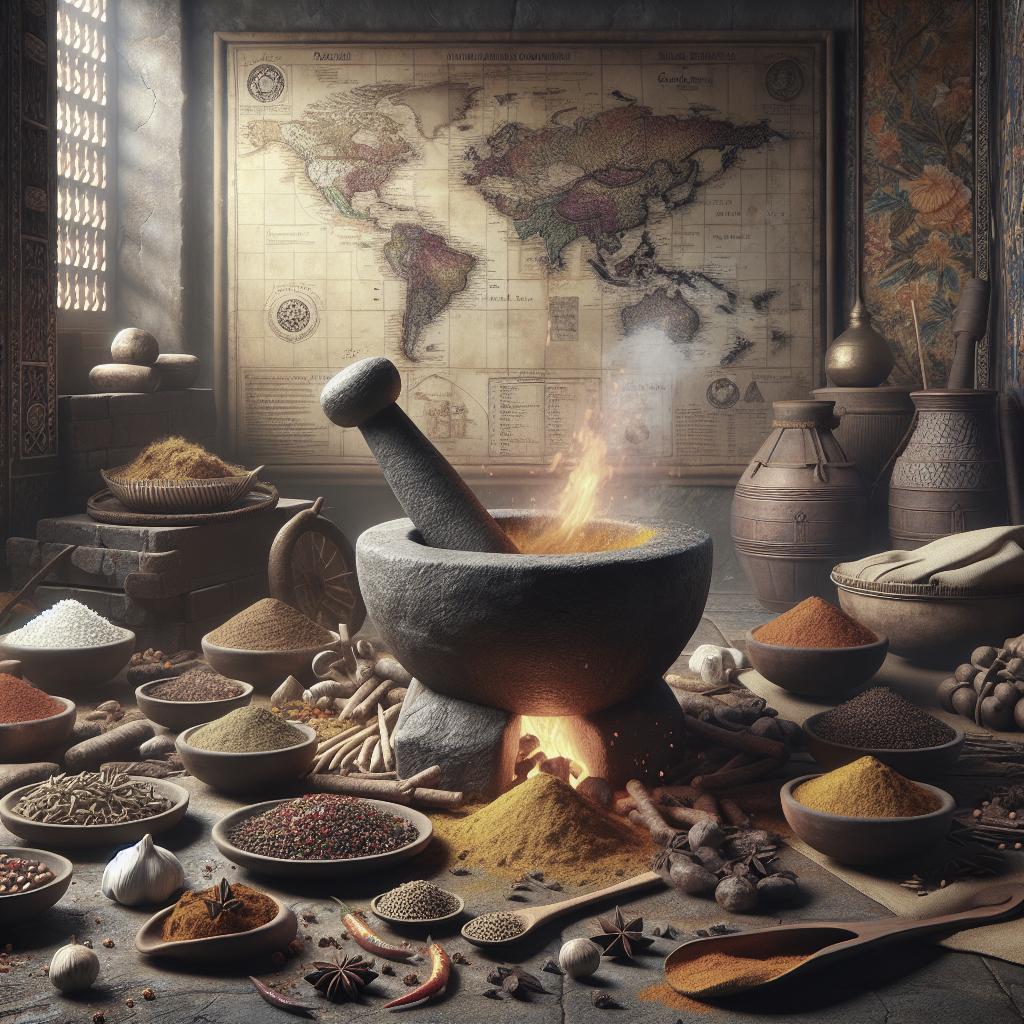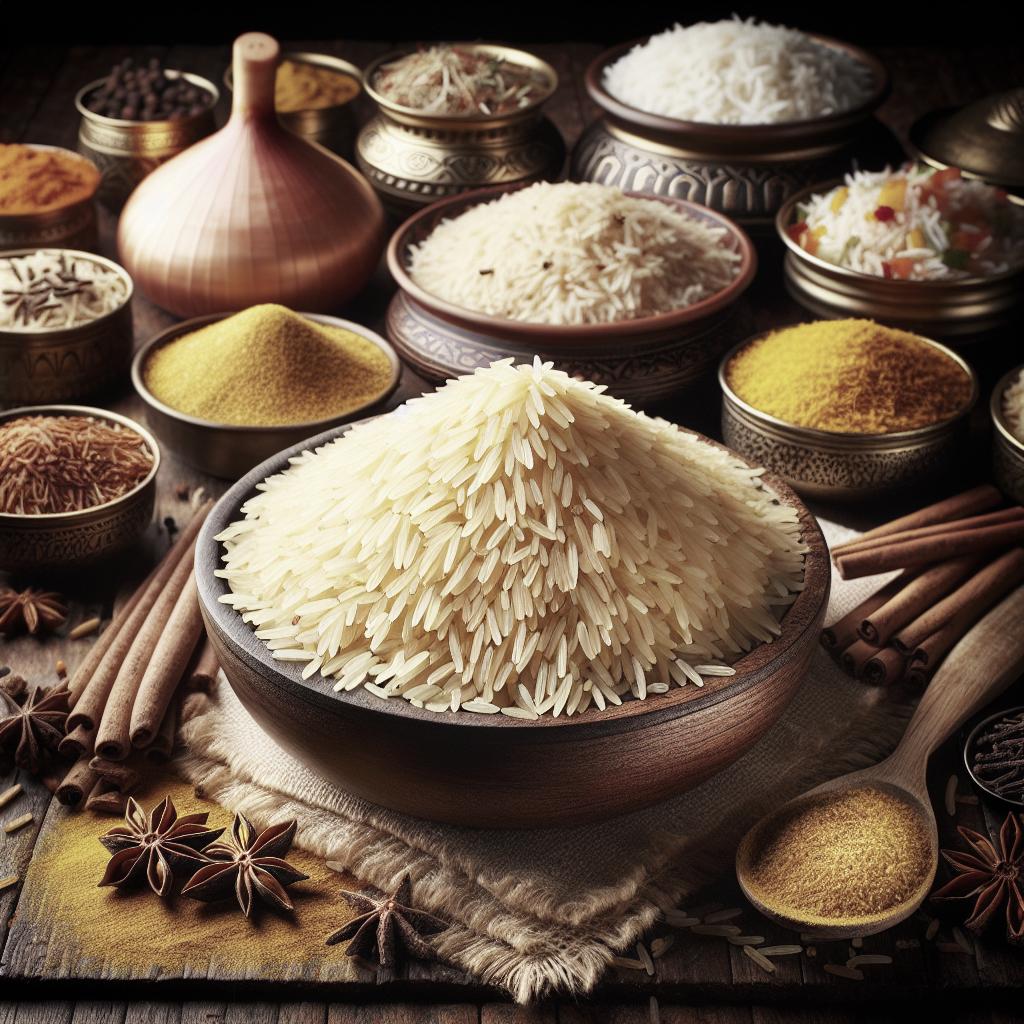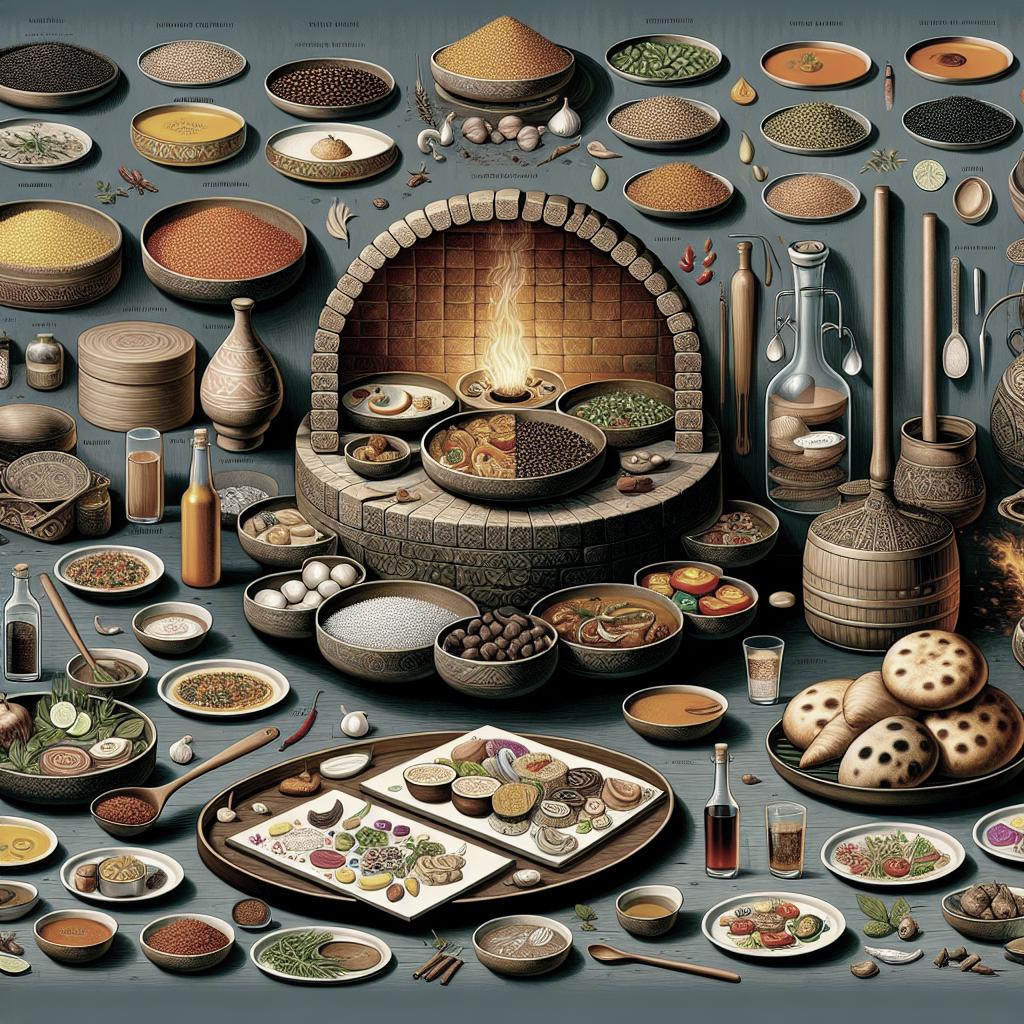“`html
Exploring the Origins of Curry Dishes
Curry is a universal comfort food that spans cultures and continents, each version offering a unique blend of spices and ingredients. In this blog post, we journey through the origins of various curry dishes, each with its distinct story and flavor profile. We explore the humble yet flavorful Aloo Matar from India, delve into the richness of the Lamb, Sweet Potato, and Coconut Mafé Curry from Senegal, and savor the heartwarming Katsu Curry from Japan. Additionally, we experience the vibrant Gang Gai Khao Mun from Thailand and finally enjoy the fusion of flavors in the Curried Pumpkin and Buss Up Shut from the Caribbean islands. Through the expertise of renowned chefs, this culinary exploration highlights how curry has the power to connect us to different cultures and history through a savory dish.
Aloo Matar (Indian Potato and Green Pea Curry)
Chintan Pandya, Dhamaka, New York City
The Aloo Matar, a staple from the Indian subcontinent, beautifully encapsulates the essence of Indian home cooking. This vegetarian curry primarily consists of potatoes (aloo) and peas (matar), simmered in a vibrant sauce of tomatoes and spices. Originating from North India, it reflects the agrarian roots of Indian cuisine, where utilizing readily available ingredients was key to crafting flavorful dishes. Aloo Matar is synonymous with comfort food in Indian homes, where its simplicity is its charm.
Chintan Pandya of Dhamaka in New York City brings his nuanced understanding of regional Indian cuisines to the forefront with his rendition of Aloo Matar. While staying true to traditional flavors, Pandya’s approach involves elevating the dish with enhanced techniques and high-quality ingredients, bridging the gap between authenticity and modernity. His version continues to offer the soul-soothing warmth that the original is known for, while also showcasing how paying homage to one’s culinary roots can resonate globally.
Lamb, Sweet Potato, and Coconut Mafé Curry
Pierre Thiam, Teranga, New York City
The earthy flavors of the Lamb, Sweet Potato, and Coconut Mafé Curry transport us to the West African kitchen. Mafé, a traditional dish from Senegal, typically involves a rich peanut-based sauce. The introduction of lamb and sweet potato not only adds depth but also complements the sauce’s unique blend of spices and flavors. Mafé holds historical significance, tracing back to the Malian Empire where it served as a communal dish, showcasing the nutritional richness accessible to the region.
Pierre Thiam, a guardian of African culinary traditions, presents Mafé in his restaurant, Teranga, in New York City. His contemporary interpretation respects its historical roots while incorporating global influences that celebrate its diversity. By adding coconut milk, Thiam mirrors how African flavors have mingled with other culinary practices, thus broadening the appreciation for these vibrant dishes. His approach ensures that age-old African culinary narratives continue to thrive in today’s multicultural food scene.
Katsu Curry (Japanese Curry with Tonkatsu Nuggets and Fried Egg)
Sonoko Sakai, author of Japanese Home Cooking, Los Angeles
Katsu Curry marks the delightful intersection of Western and Eastern gastronomical traditions in Japan. Combining crispy breaded pork cutlets with a rich curry sauce over rice, Katsu Curry arose during the Meiji era as an adaptation of British curry with Japanese sensibilities. It caters to the Japanese palate with its distinctive slightly sweet, thick sauce and has become a comfort dish for many, holding a firm place in Japanese popular cuisine.
Sonoko Sakai, an esteemed author and culinary educator based in Los Angeles, cherishes the simplicity and nostalgic value of Katsu Curry. Her recipes encourage home cooks to embrace authenticity and make curry roux from scratch, thus enriching the meal’s cultural resonance. Sakai’s work emphasizes the importance of storytelling in food, celebrating how Japan reinvented a foreign dish to make it quintessentially its own, showcasing the innovative spirit of culinary evolution.
Gang Gai Khao Mun (Thai Chicken Curry)
Nok Suntaranon, Kalaya, Philadelphia
Gang Gai, a fragrant Thai chicken curry, captivates with its harmonious blend of aromatics, spices, and herbs. Originating from traditional Thai kitchens, this dish is an excellent expression of balancing sweet, sour, salty, and spicy flavors, which are the hallmarks of Thai cuisine. Paired often with Khao Mun, or aromatic rice cooked in coconut milk, this dish is a comfort staple enjoyed in Thai households and street markets alike.
Nok Suntaranon of Kalaya in Philadelphia infuses her authentic Gang Gai Khao Mun with personal touches that pay homage to her Thai roots. Suntaranon’s approach highlights the significance of using fresh ingredients and homemade curry pastes, emphasizing that the quality of ingredients is crucial to achieving the authentic flavor profile that Thai cuisine is celebrated for. Her innovative methods reflect how traditional recipes can effortlessly integrate into the diverse American food landscape, fostering appreciation for Thai culinary artistry.
Curried Pumpkin and Buss Up Shut (Paratha Roti)
Nina Compton, Compère Lapin, New Orleans
The dish of Curried Pumpkin served with Buss Up Shut, a style of paratha roti, is a vibrant Tanzanian blend that reflects the multicultural expressions visible in Caribbean kitchens. This dish harmoniously marries East Indian culinary elements with the tropical bounty of the islands, embodying a history of migration and cultural exchange. Sweet, creamy pumpkin in curry spices highlights the ingenuity of Caribbean cooks in creating richly flavored vegetarian dishes.
Nina Compton of Compère Lapin in New Orleans brilliantly showcases this blend in her restaurant’s offerings. Her interpretation celebrates the Caribbean diaspora and honors her own heritage, featuring roti that is affectionately known for being soft and flaky, resembling a “busted-up shirt”. Through her inventive renditions, Compton introduces diners to the dynamic interplays of flavors and textures, inviting a deeper exploration into how colonial history shaped the Caribbean’s diverse culinary narratives.
Lessons Learned
| Dish | Chef | Location | Origin/Story |
|---|---|---|---|
| Aloo Matar | Chintan Pandya | Dhamaka, New York City | Indian home cooking, North Indian origin, regional authenticity |
| Mafé Curry | Pierre Thiam | Teranga, New York City | Senegalese dish, historical significance, blending of West African flavors |
| Katsu Curry | Sonoko Sakai | Los Angeles | Japanese adaptation of British curry, Meiji era innovation |
| Gang Gai Khao Mun | Nok Suntaranon | Kalaya, Philadelphia | Traditional Thai balance of flavors, cultural authenticity |
| Curried Pumpkin and Buss Up Shut | Nina Compton | Compère Lapin, New Orleans | Caribbean fusion, influence of global migration and history |
“`


